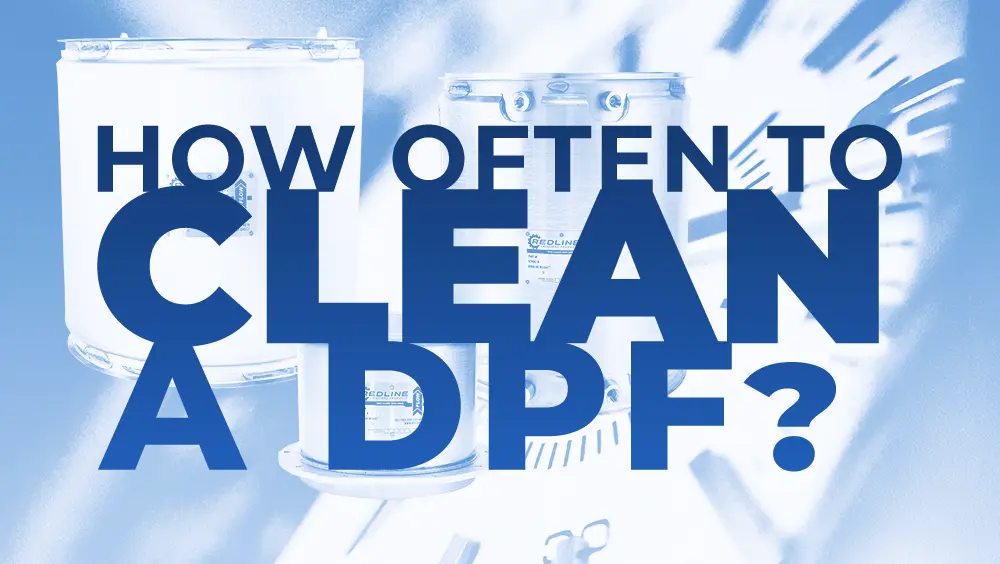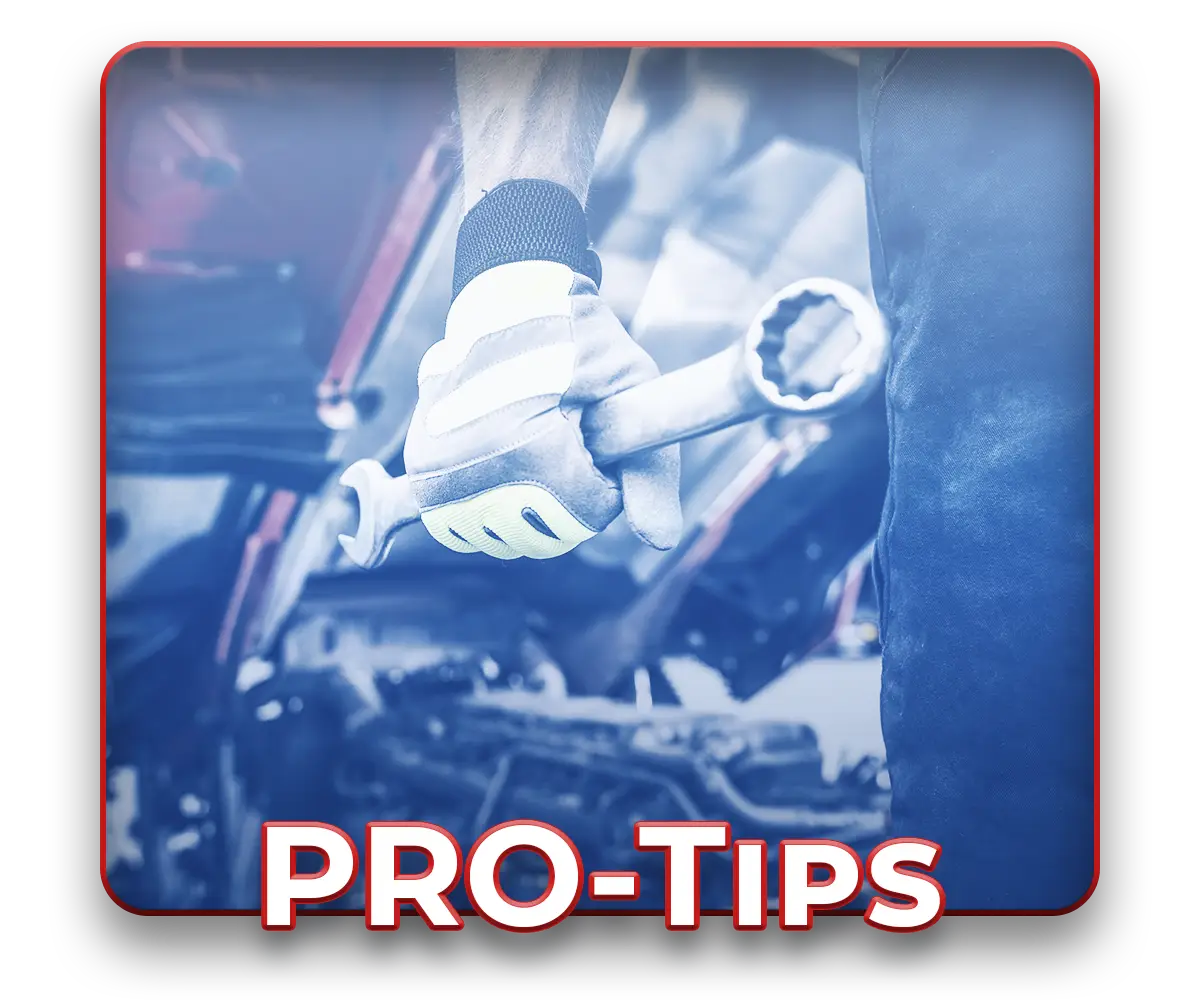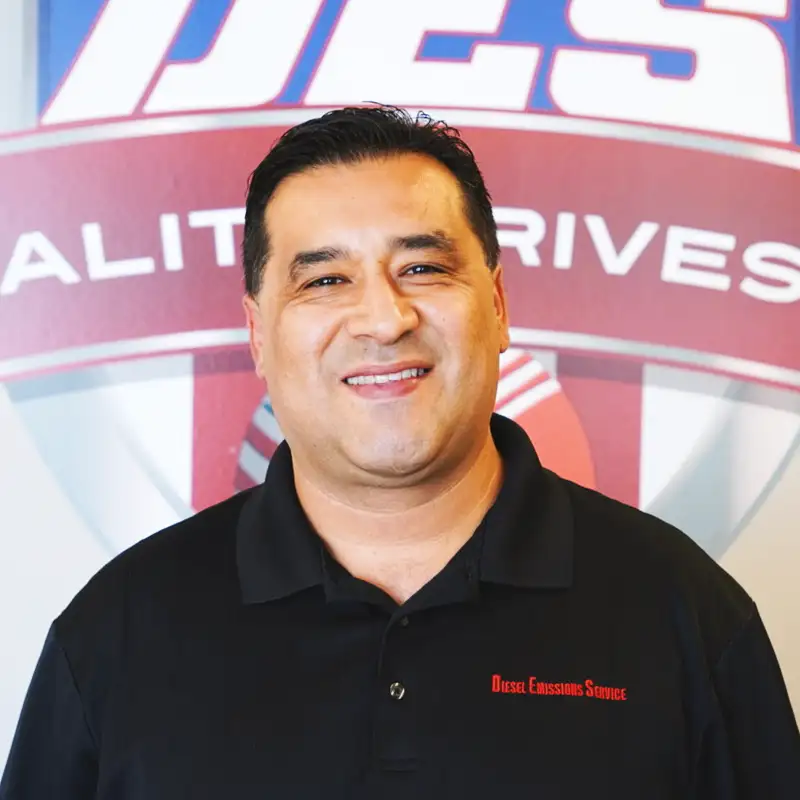
DPF Cleaning Frequency Factors:
Driving Conditions:
The driving environment significantly impacts DPF cleaning frequency. Vehicles that frequently operate in urban areas with stop-and-go traffic or low-speed driving are more prone to DPF clogging than those used for long highway trips. City driving often leads to incomplete DPF regeneration cycles, necessitating more frequent cleaning. The weather can also have a big impact on the aftertreatment system. Operating in cold winter conditions can also increase the frequency of DPF Cleaning.
Vehicle Type/Usage:
The kind of diesel vehicle and its application play a crucial role in determining cleaning intervals. Commercial trucks, buses, and heavy machinery that endure heavy loads and continuous operation may require more frequent DPF maintenance.
Diesel Fuel Quality:
The quality of diesel fuel used can affect DPF cleanliness. Poor-quality fuel with higher sulfur content may contribute to increased soot accumulation, necessitating more frequent cleaning.
Maintenance Practices:
Regular maintenance practices, including proper engine and DPF care, can extend the time between cleanings. Regularly inspecting and cleaning the DPFs exterior and following the manufacturer-recommended maintenance schedules are important. It’s often wise to schedule DPF Cleanings at shorter intervals to avoid having to replace these very expensive filters. We generally recommend proactively cleaning DPFs once a year or about every 100,000 hours.
DPF Design and Size:
DPF size and design can also influence cleaning frequency. Smaller DPFs may fill up more quickly than larger ones, requiring more frequent maintenance.
Sintering:
Over time, if ash is left to accumulate in a DPF, a process called sintering occurs where the ash is effectively turned into cement. This sintering can build up over time and reduce the volumetric efficiency of the DPF. Once sintering occurs it is nearly impossible to remove.


Guidelines for DPF Cleaning Frequency:
There is no one-size-fits-all answer to how often you should be cleaning your fleet’s DPFs. It depends on the factors mentioned above, however, here are some general guidelines:
Regular Inspections: Perform routine visual inspections of your DPF. If you notice signs of excessive soot buildup, it may be time for cleaning. Regular visual checks can help catch issues early.
Manufacturer Guidelines are a good start: While it is fine to begin with the vehicle’s manufacturer guidelines for DPF cleaning intervals. It should be noted that these guidelines assume near-perfect driving conditions. In real life that rarely happens.
These are our recommendations, based on decades of professionally cleaning DPFs at our West Coast shops:
- For 2007 and newer trucks (diesel vehicles that have aftertreatment systems factory installed) We recommend DPF cleanings every 100-125K miles and/or yearly.
- For retrofit situations – pre-2007 (diesel vehicles not equipped with an OEM DPF) We recommend DPF cleaning every 75K miles and/or yearly.
Pay Attention to Warning Lights: Modern vehicles are equipped with onboard diagnostics that monitor DPF health. If the DPF warning light or indicator comes on, it’s crucial to address the issue promptly, as it indicates a need for cleaning or maintenance.
Customize Cleaning Schedule: Consider the specific driving conditions and usage patterns of your vehicle. If your vehicle operates in conditions that accelerate soot buildup, plan more frequent cleaning sessions.
Proper DPF maintenance is essential to keep your diesel engine running efficiently, reduce emissions, and extend the life of your DPF. While applying these general principles for DPF cleaning frequency, it’s crucial to tailor your maintenance schedule to your vehicle’s unique circumstances. Regular inspections, following manufacturer recommendations, and prompt response to warning indicators will help you determine the right cleaning interval for your DPF and ensure its continued performance.

Should You Send Your Filters Out or Clean Them Yourself?
When it comes to the maintenance of Diesel Particulate Filters (DPFs), fleet managers often face the decision of whether to send their filters to a third-party cleaning facility or undertake the cleaning process themselves. Both options have their advantages and disadvantages, and the choice largely depends on various factors, including resources, expertise, and specific requirements. Here, we’ll explore the considerations for choosing between third-party cleaning and DIY cleaning.
OUTSOURCING DPF CLEANING:
Third-party DPF cleaning facilities offer a level of expertise and equipment that can provide thorough and efficient DPF cleaning. These facilities are equipped with specialized machines, such as thermal ovens and pulse cleaners, aqueous cleaning systems, etc. designed to remove accumulated soot and ash effectively. Additionally, professional technicians have experience in handling DPFs, ensuring proper cleaning and inspection. Outsourcing cleaning to experts can save time and effort for vehicle owners who may not have the necessary equipment or knowledge to perform the task.
However, third-party cleaning services come at a cost, and the pricing can vary depending on the facility and the specific cleaning process required. Vehicle owners and fleet managers must weigh these costs against the convenience and expertise offered by professional cleaning services. The downtime associated with sending DPFs to an external facility may affect operational efficiency, especially for commercial vehicles.
IN-HOUSE DPF CLEANING:
On the other hand, cleaning DPFs in-house provides more control over the process and can be cost-effective in the long run. Vehicle owners can invest in their cleaning equipment and develop expertise within their team, allowing for more frequent and timelier DPF maintenance. In-house DPF cleaning can be particularly advantageous for fleets with a substantial number of vehicles, where regular maintenance is essential. Additionally, cleaning DPFs on-site reduces downtime since there is no need to send filters to an external facility or wait for your turn in line.
In-house DPF cleaning requires an initial investment in equipment, training, and space to perform the cleaning. It’s essential to adhere to manufacturer guidelines and the best industry practices to ensure effective cleaning and avoid damaging the DPF. This approach may be more suitable for larger fleets with dedicated maintenance facilities and a commitment to ongoing training and compliance.
The decision to send DPFs to a third-party cleaning facility or cleaning them in-house can seem complicated. It depends on various factors including budget, resources, and the size of the fleet. Third-party cleaning offers expertise and convenience but comes with a cost, while in-house cleaning provides control and be cost saving with the requirement of initial investment and ongoing maintenance.
PRO TIPS:
Pro Tip #1: Cleaning your DPF during an annual PM event is a great way to “kill two birds with one stone”. Proactive, yearly DPF cleaning can prolong the life of your DPF, increase fuel mileage, and reduce downtime.
Pro Tip #2: Remember all vehicles within a fleet may not be used in the same manner, so consider the use and duty cycle of each vehicle when coming up with a schedule.
Bonus Pro-Tip: If your fleet uses many of the same DPF part numbers, set up a “DPF swap program”. Maintain an inventory of pre-cleaned DPFs ready to swap out for dirty ones (these can be cleaned later). Get those trucks back into operation much faster.
Get the right DPF Cleaning solution for your FLEET.
Give us a call. Get Answers.
Use our ROI tool to see how quickly this investment can save your fleet time and money. Financing is now available. Check it out!
Call or email to schedule a meeting with our National Sales Manager, Anthony Soto.





